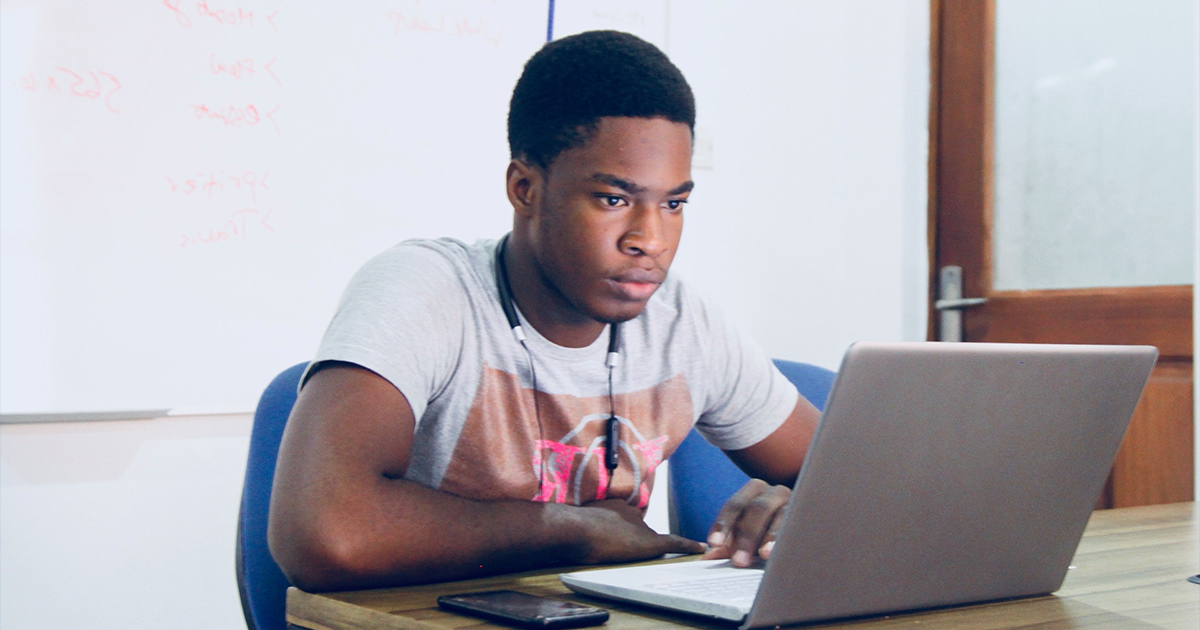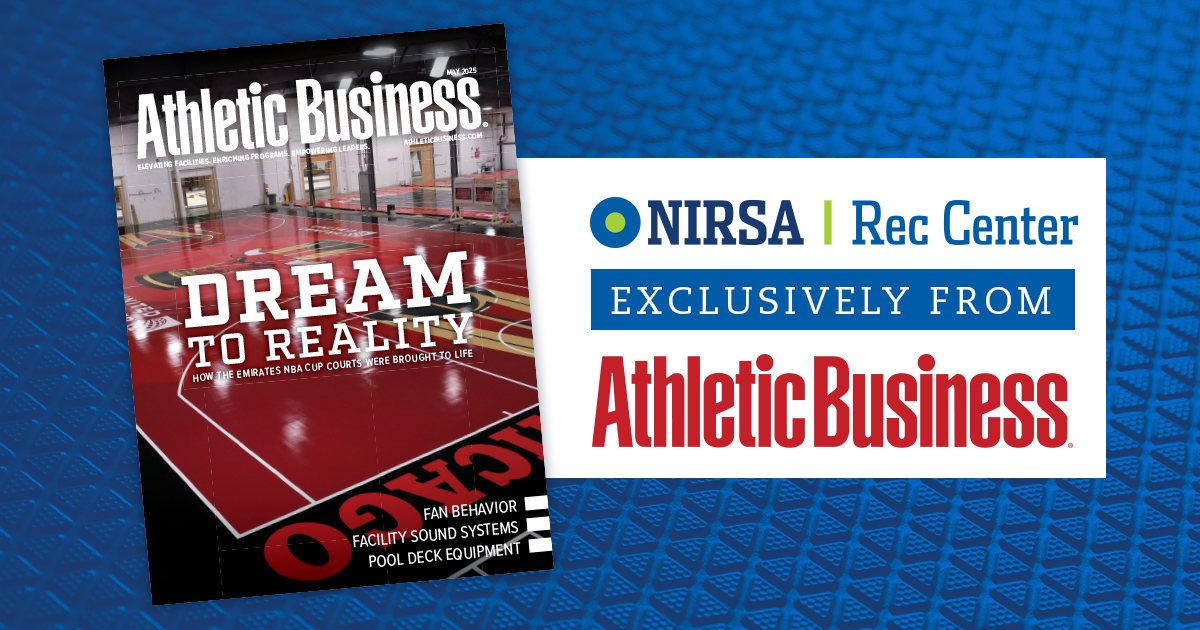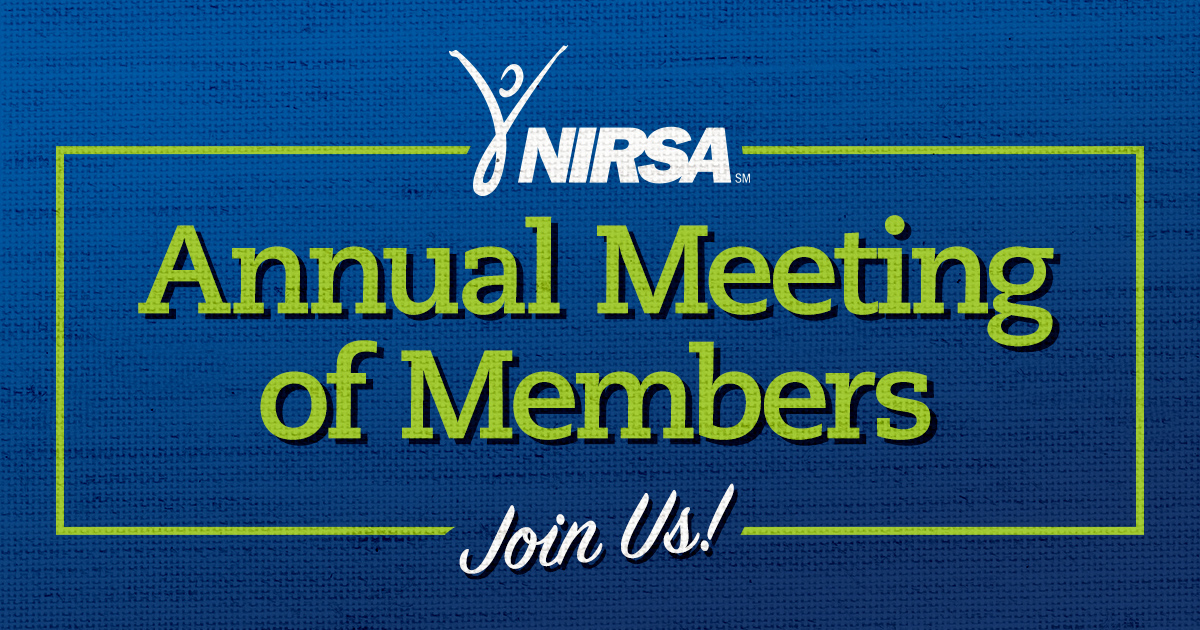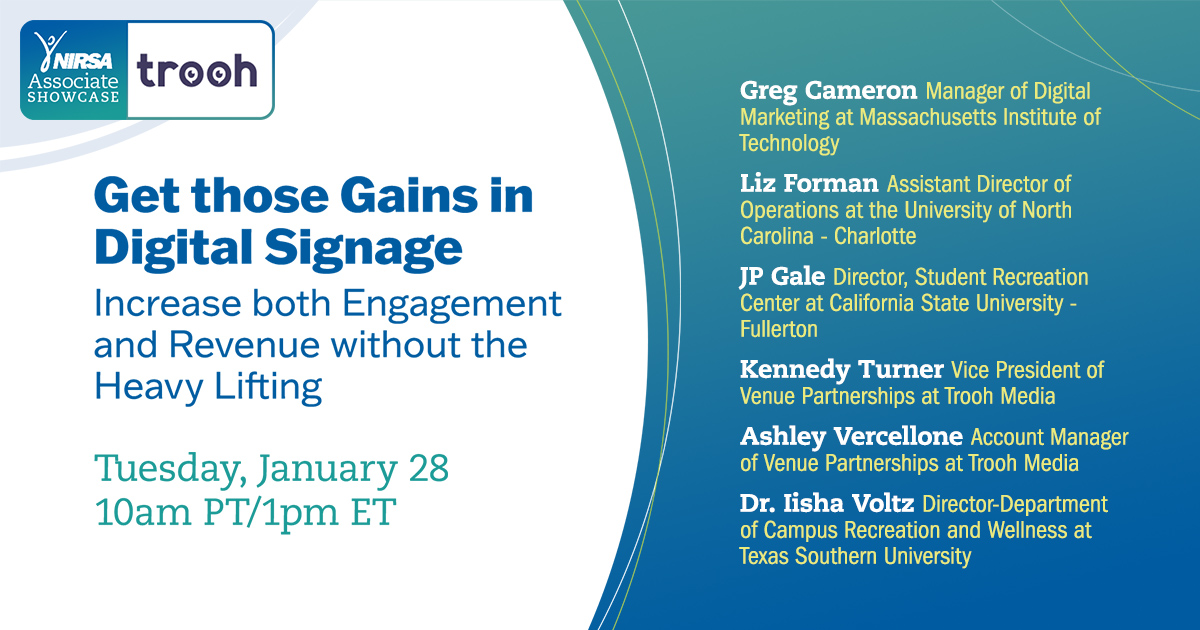The year 2020 had many unprecedented times. However, after 10 months of a global pandemic, it is safe to say a new precedent has been set. If you manage student employees, you have faced unique struggles—many successes that should be celebrated and some less-than-successes from which to learn. Although the COVID-19 pandemic is still impacting our communities, a new year is a great time to reflect on what was learned as student staff supervisors during this most challenging year.
In true BuzzFeed style, we invite you to take the quiz below to find out just how unprecedented the past few months have been for you as a student staff supervisor. If the statements below apply to you, allot yourself a “1” for each. Then total them up to see what it says about your experience this semester:
Technology |
|
| I forgot to hit unmute during a team meeting | |
| My home internet disconnected at least once | |
| I video chatted with a student who was laying in their bed | |
| I found myself Googling “best practices for a virtual meeting” | |
| I led a virtual meeting to an entire group of blank screens | |
Communication |
|
| One of my students asked me a question that was covered in a previous email update | |
| I was asked for the location of the meeting link | |
Staffing Challenges |
|
| I couldn’t staff shifts because students were in isolation | |
| My institution imposed a hiring freeze, even on student positions (How am I supposed to open a rec center?!) | |
| We had to put one or more of our student programs on pause for the semester | |
Student Development |
|
| With everything else on my plate, student development fell off my radar | |
| I realized the importance of student development, once it was gone | |
Morale |
|
| I became a part-time cheerleader trying to keep my staff engaged | |
| I was honest with my students about feeling burnout | |
| My staff told me they had Zoom fatigue | |
| I have Zoom fatigue! | |
|
/16 |
After totaling your score, take a moment to reflect back on your experience over the last few months. Whatever your score, whatever your circumstances, you are not alone in facing the challenges that arose from this pandemic. In our own different ways, we all struggled, made mistakes, and maybe celebrated some new success along the way, too.
As educators, we teach the importance of learning from our experiences and the importance of having gratitude for the good and the bad. Sometimes we forget to take the time necessary for this reflection and introspection in our own lives. So, what are the lessons you learned during this time?
Here are some of the lessons three members of the Student Development Task Force have to share:
Technology
Surprisingly, we adapted quickly to the use of new technologies. This meant spending multiple hours and a real investment learning new pedagogical practices to create virtual training in the format of Canvas, YouTube videos, live meetings, and more. Unsurprisingly, our students were able and willing to adapt right from the start. Zoom, Skype, WebEx, Teams: new tools and technologies will certainly be with us for the long haul.
One important lesson to remember is how to continue to be inclusive during meetings: be considerate on the amount of time you spend – or ask others to spend – video conferencing, allow flexibility in camera usage, and don’t forget to keep space for those informal moments that foster personal connection and are often absent from video conference meetings.
Communication
We already knew students didn’t always regularly check their emails pre-COVID. But who could have predicted that they could become even less responsive after most in-person meetings became all but impossible? A lesson here is to be mindful of changes to our overall digital consumption—it is likely that many students are experiencing information overload. They may not be ignoring you, but simply not distinguishing your messages as critical. Being reliable in your frequency of messages and concise in the length of your email communications is key.
Speaking of email, anyone born in the 1990s who used to message over AIM (AOL Instant Messenger) is likely now thriving with the introduction of software such as Slack and Microsoft Teams. It is now easier than ever to get information and resources into the hands of students who need them. This instant connection may be a cinch for you, but make sure you still have some semblance of a work-life integration/balance/boundary to protect and preserve your time away from the monitor.
Finally, is anyone else missing the start-of-semester weekend-long staff meetings? Now more than ever, we have realized the value and the need for face-to-face communication. Remind yourself of this void when the time for working back-to-back weekends returns.
Staffing challenges
We think we can speak for all the student employee managers working in campus recreation out there when we say if we’ve learned one thing about our students, it’s that they are ADAPTABLE. We’ve empowered them to take on new roles, learn new skills, and communicate even more effectively with patrons than ever. Let’s not lose this momentum in 2021. Seek out opportunities to challenge your staff and expand their roles. The all-virtual NIRSA Annual Conference & Campus Rec and Wellness Expo, presented by PLAE, happening February 23-25 is a great option.
That being said, we’ve also learned that over-preparing and over-coordinating are essential during a pandemic. Creating pods of employees allows managers to shift around staffing groups in the event of an outbreak, without the stress of having to ask your entire staff to isolate and causing interruptions to your operations and services.
Finally, the physical distancing has had effects on our staff morale that will likely carry over into 2021. Since we haven’t been able to have traditional staff meetings or social functions, the unique relationships that are typically built with staff have undoubtedly suffered. Identify ways to simulate the social experience to ensure your staff feel like they’re part of the larger Rec Sports community on your campus and beyond.
Student development
Who’s had time to lean-in to intentional student development in the last year? With all the planning and coordinating to resume in-person operations, we know this priority may have been moved to the back burner. We’re here to tell you that it’s ok! Let’s give each other some grace and know that we’re living through some pretty wild times.
At the same time, there are low-cost ways to boost student staff development. Establish how much live Zoom time is needed for engaging with staff: can certain development videos be pre-recorded for students to watch on their schedule? Are there soft skills topics, like communication or time management, that can be incorporated into existing staff meetings? Dedicating 10 minutes to a student development concept during staff meetings can make a big impact over the span of a year.
Finally, we can’t say for sure when it comes to you, but we’ve become even more aware of the challenges our students face in their non-work lives; awareness of and access to resources—whether they are financial, housing, or food security—can make a profound difference for some. Knowing that we’re a microcosm of the campus community, how can we help our students navigate to resources they may be in need of? Helping our students develop as a whole person (academically, professionally, and personally) will show them that we care about them beyond the transactional work they do in our departments and, hopefully, will result in higher retention rates.
Morale
If we had a penny for every instance that we heard that “morale was low” over the last 10 months, we’d be very wealthy. All jokes aside, if we feel ourselves experiencing low morale, imagine how our students are feeling. After being on the computer for their classes, their student organization meetings, talking with friends, and doing homework, we can imagine that they are feeling Zoom fatigue and low morale at potentially even higher levels. What can we do? Focus on the culture of the organization and lean into conversations with our student employees about how their lives are going. We can’t move forward with improving morale unless we know how our largest employee group is feeling, and how they’re wanting to engage.
NIRSA’s Student Staff Development Task Force is here to support you
We hope to have given you a few good takeaways that you can carry forward into 2021. But, the learning doesn’t need to stop here. As we continue to set precedent for our profession, how might our shared struggles uncover new student needs or chances for how to engage in evermore meaningful ways? How might our work fundamentally change because this challenge has revealed opportunity?
The NIRSA Student Staff Development Task Force invites you to lean-in to the struggle and seek out learning opportunities. Share your own lessons or other thoughts on our dedicated NIRSA Connect community.
- For more information about the Student Staff Development Task Force, check out the NIRSA news article “Calling all student staff development experts: Share your skills” or contact a member of our team.
- If you are interested in highlighting your campus or a NIRSA member’s achievements on your campus, pitch us your ideas.
Christina Galli, MS, MBA is currently the Staff Development & Student Experience Specialist for Recreational Sports at UC Berkeley and Co-Chair of the NIRSA Student Staff Development Task Force; you can email her at cgalli@berkeley.edu.
Liz Feldman is currently the Student Development Coordinator at Iowa State University and a member of the NIRSA Student Staff Development Task Force; you can email her at lfeldman@iastate.edu.







